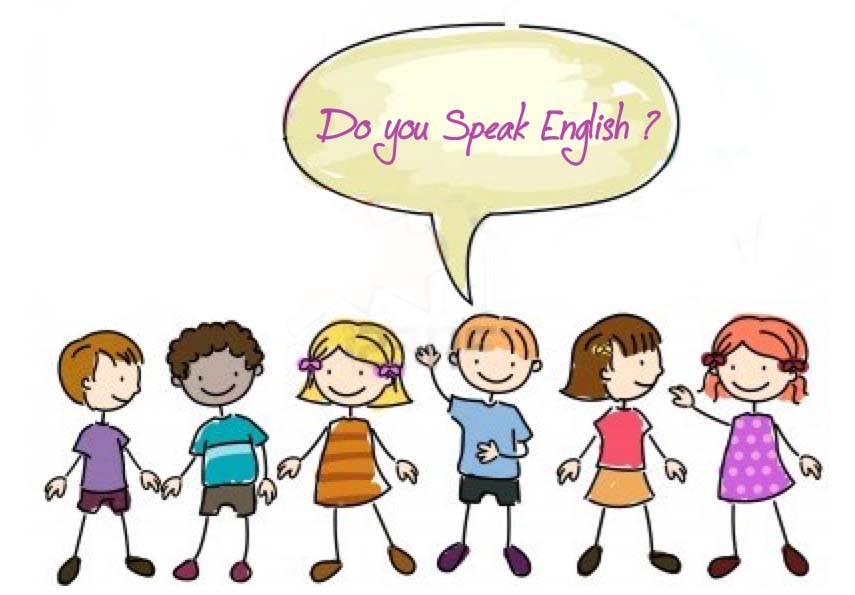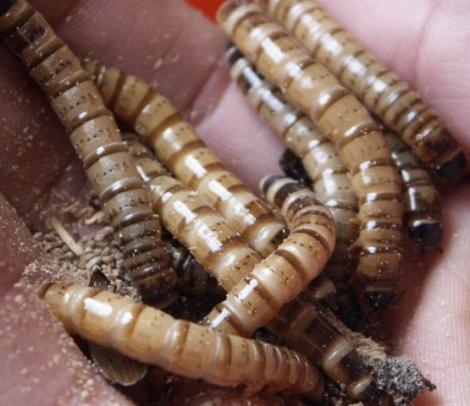- Changes in the landscape

- Negative effects on living things

- Pollution

- Acid rain

- Depletion of non-renewable energy sources:

Vocabulary
- Applicances: aplicaciones
- Fuel: combustible
- Hydroelectric: hidroeléctrica
- Thermal: térmica
- Nuclear: nuclear
- Environment: medio ambiente
- Landscape: paisaje
- Reservoirs: reservas
- Dam: presa, dique
- Power lines: líneas eléctricas
- Pollution: contaminación…..polute: contaminar
- Acid rain: lluvia ácida
- Waste: desechos, basura
- Power station: estaciones eléctricas
- Non-renewable resources: recursos no renovables
- Save energy: ahorrar energía
- Instead: en vez de
- Avoid: evitar


